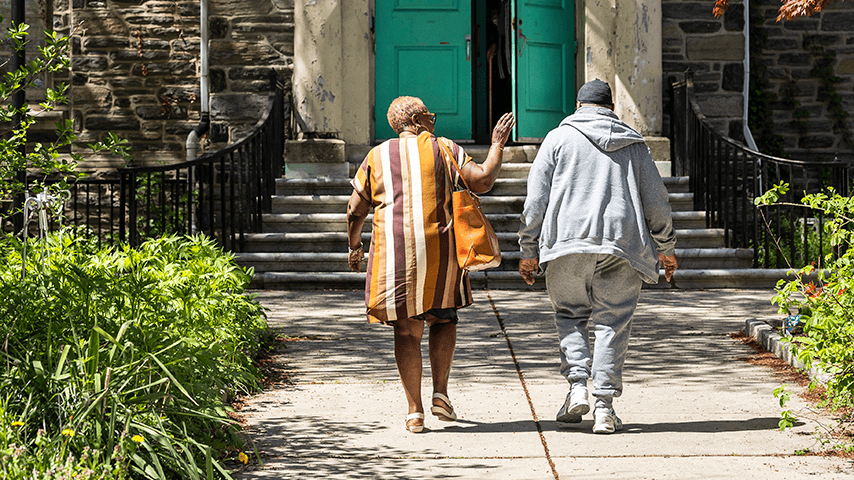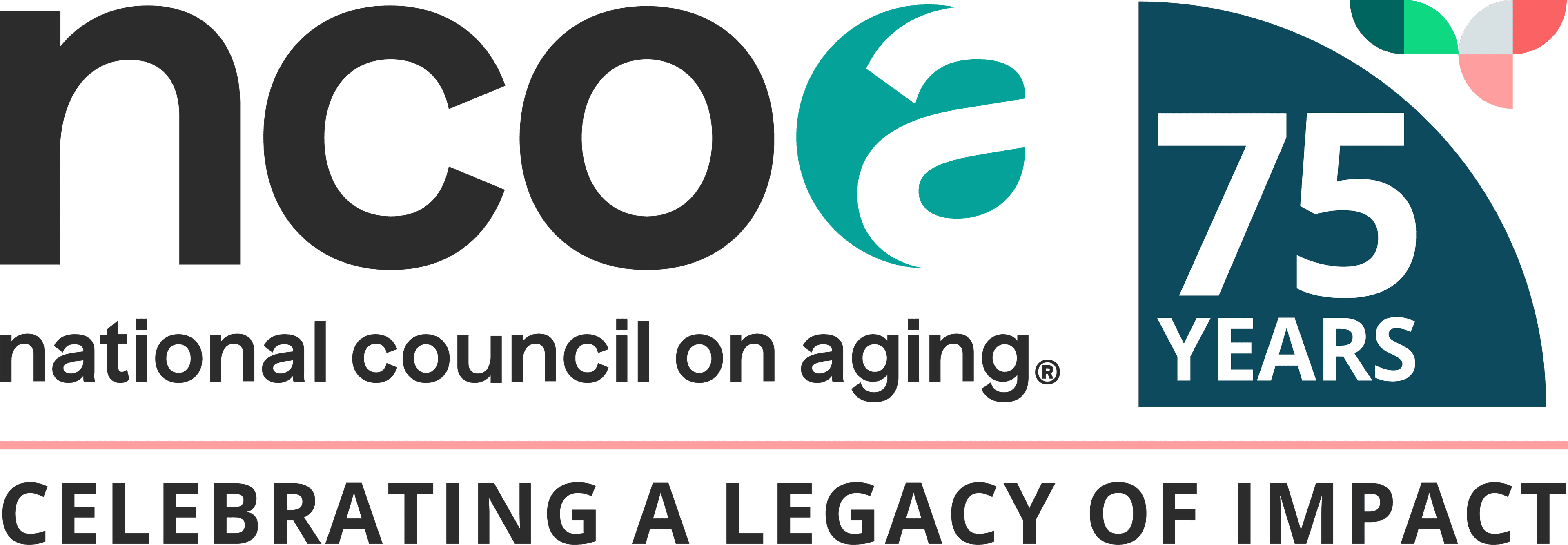How Senior Centers Can Help Address Elder Abuse and Self-Neglect
4 min read

Elder maltreatment often goes unnoticed until it is so extreme that an older adult ends up in an emergency room or worse. This was the case for Ms. N.
Ms. N was active in her church and attended a local senior center weekly when her granddaughters, who she provided care for, were in school. Her son, who also lived with her, was psychologically abusive. Over time, his behavior escalated to physical abuse.
Consequently, Ms. N arrived at the emergency room with a cut on her elbow and a plum-sized lump on her head. When interviewed about this incident, she stated that when someone shows up in the emergency department due to elder maltreatment, “it's not the first time it has happened, but it’s the worst time.”
What is elder maltreatment?
Elder maltreatment is characterized as any intentional or neglectful act by a caregiver or other person that causes harm or a serious risk of harm to a vulnerable older adult.1 Aside from psychological and physical abuse, as in the case of Ms. N., elder maltreatment also includes sexual abuse, financial exploitation, and neglect. At least 10% of cognitively well adults age 60 and older report experiencing one type of maltreatment within the last year,2 but only 1 in 14 of abuse cases get reported to authorities.3
Is self-neglect a hidden problem?
Our will to maintain independence and dignity can sometimes lead to circumstances of self-neglect which significantly threaten our survival. For instance, declining or failing to seek essential support— regardless of one’s ability to make informed decisions—can result in unmet basic self-care needs, leading to unsafe living conditions or lack of food and medications necessary for health and well-being.4
Interestingly, self-neglect represents the largest number of referrals to Adult Protective Services (APS) nationally, despite it likely to be largely underrecognized.4 This suggests that we have many older adults living with conditions of self-neglect in our communities that, like elder maltreatment, will continue to go unnoticed unless those who encounter the older adults are aware of the sometimes subtle risk factors and presentations of these conditions.
How can senior centers help address elder maltreatment and self-neglect?
As vibrant spaces of connection, meaning making and resource sharing, senior centers may be well-positioned to support community efforts to safeguard older adults from elder maltreatment and self-neglect.
The trust-building relationships developed between senior centers and older adults provide important opportunities to identify and respond to elder maltreatment and self-neglect. Yet we know very little about the unique experiences, insights, and challenges of senior centers in addressing these issues on the ground. Many questions remain. For example:
- Should senior centers play a role in identifying and addressing elder maltreatment and self-neglect?
- If so, how is this role different from other community-based organizations?
- Are senior center administrators and staff interested in elder maltreatment and self-neglect training?
These questions and more need to be answered before we can understand how best to leverage senior centers in the fight against elder maltreatment and self-neglect. By answering these questions, we can think about the ways to support the Ms. Ns we probably encounter frequently.
Addressing elder maltreatment and elder self-neglect requires an all-hands-on deck approach.
A vital first step is coming together to learn more and gather information about what is happening in real-world settings. From these data, senior center-specific progress can be made to support local and national efforts in safeguarding our older community members from maltreatment and self-neglect and their dire consequences.
Supporting this pursuit to better understand the perspectives of senior centers in addressing elder maltreatment and self-neglect, the National Collaboratory to Address Elder Mistreatment (NCAEM) and NCOA have developed a brief survey for senior centers to complete.
We cannot fully achieve the critical solutions and protections against elder maltreatment and self-neglect without the perspectives of those working and living in communities. We look forward to sharing what we learn!
Sources
1. Centers for Disease Control and Prevention. About Abuse of Older Persons. Found on the internet at https://www.cdc.gov/elder-abuse/about/index.html
2. Acierno, R, et al. Prevalence and correlates of emotional, physical, sexual, and financial abuse and potential neglect in the United States: the National Elder Mistreatment Study. American Journal of Public Health. February 2010. Found on the internet at https://ajph.aphapublications.org/doi/full/10.2105/AJPH.2009.163089
3. Karl Pillemer, et al. Elder Abuse: Global Situation, Risk Factors, and Prevention Strategies. Gerontologist. April 2016. Found on the internet at https://pubmed.ncbi.nlm.nih.gov/26994260/
4. Kristen Lees Hargerty and David B Reuben. Self-Neglect in Older People—A Clinical, Social, and Ethical Dilemma. New England Journal of Medicine. Epub ahead of print July 2025. Found on the internet at https://pubmed.ncbi.nlm.nih.gov/40586445/
